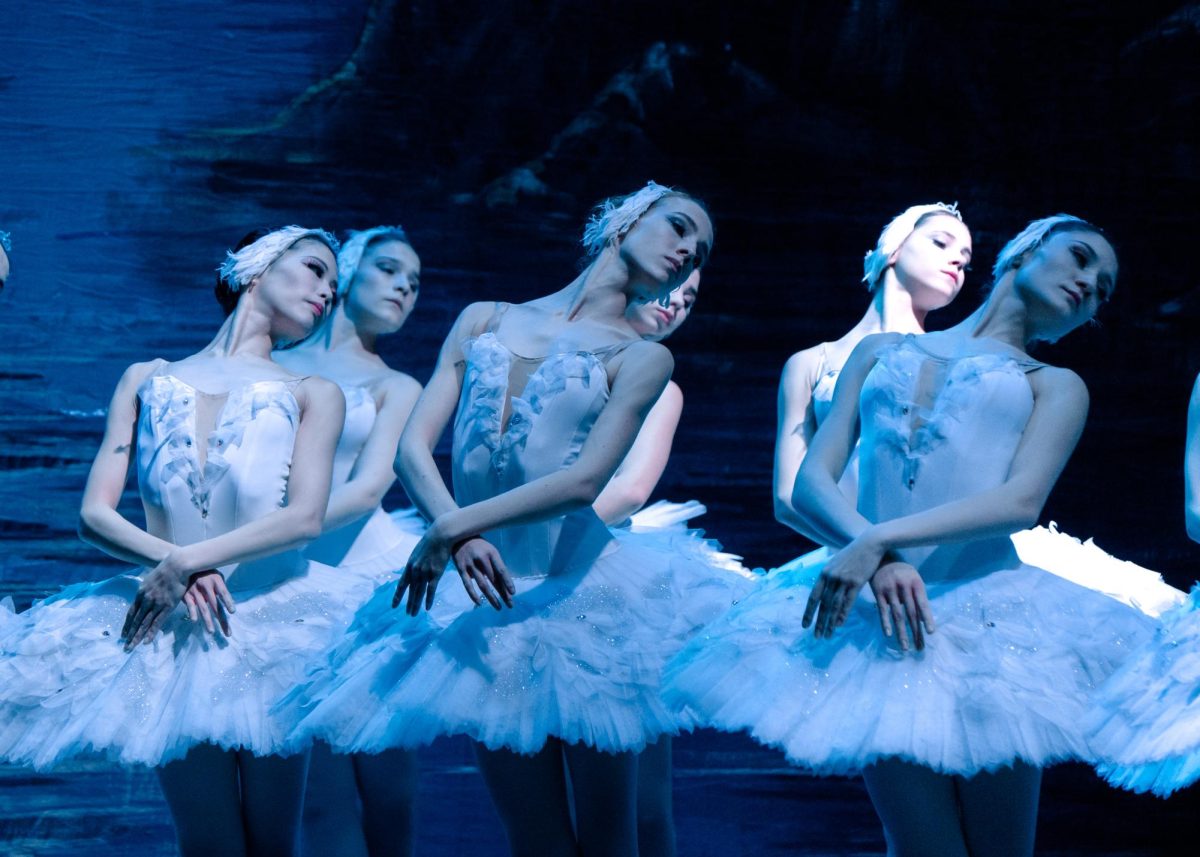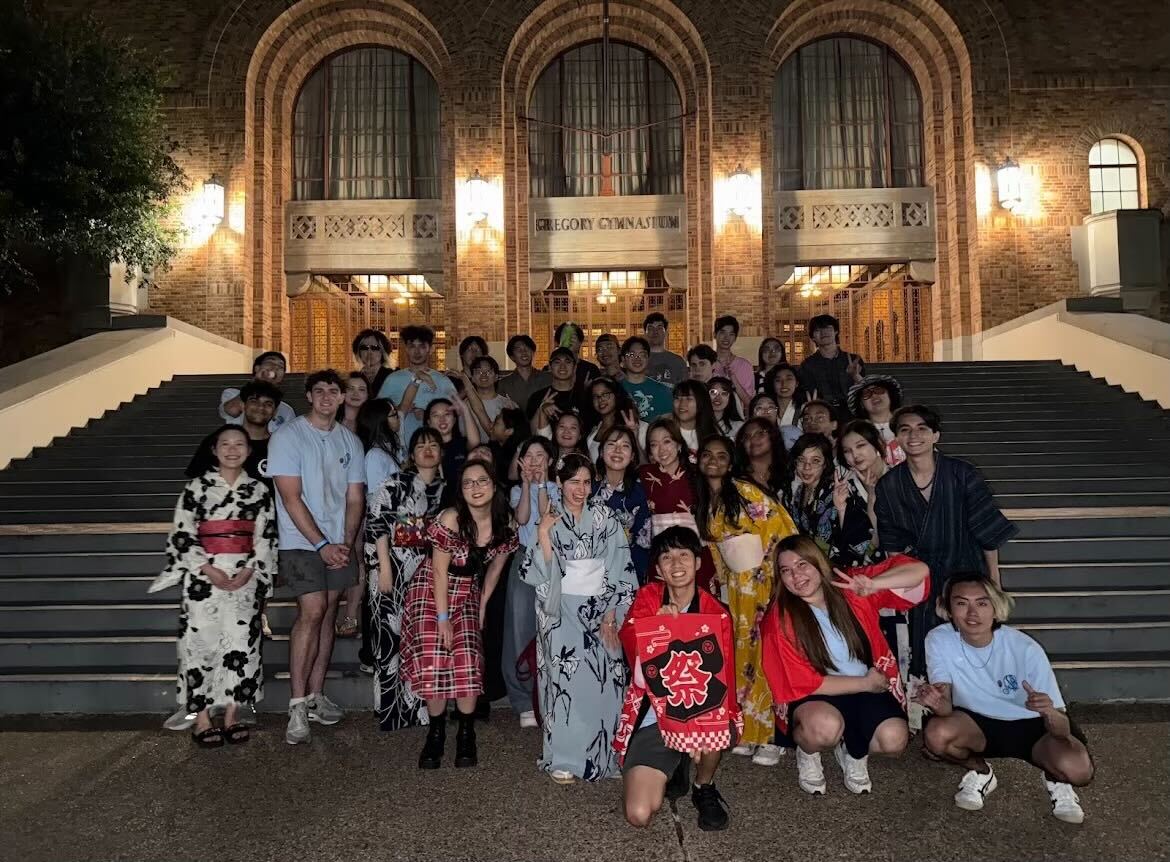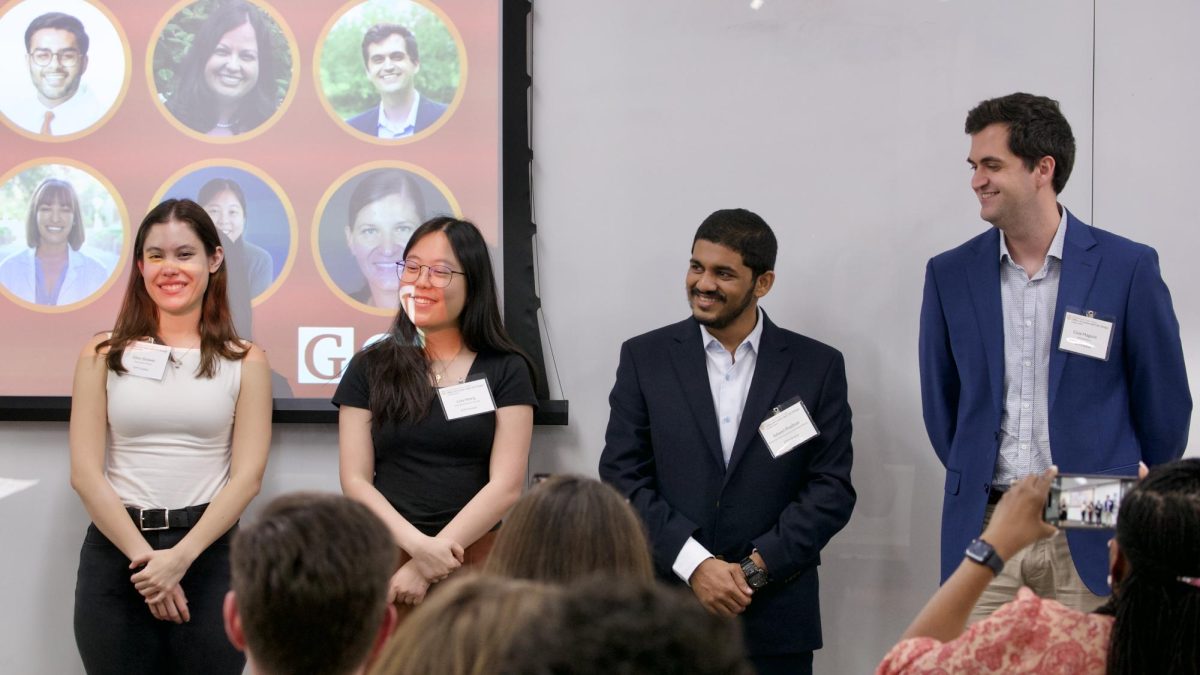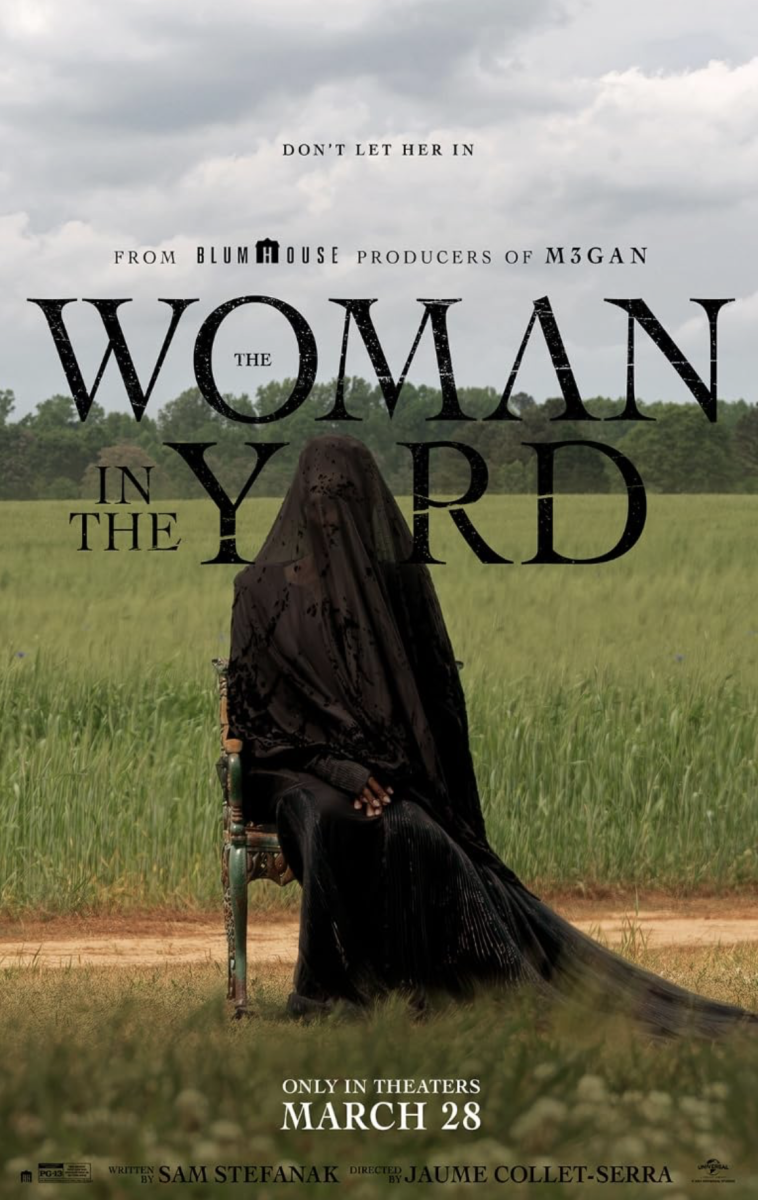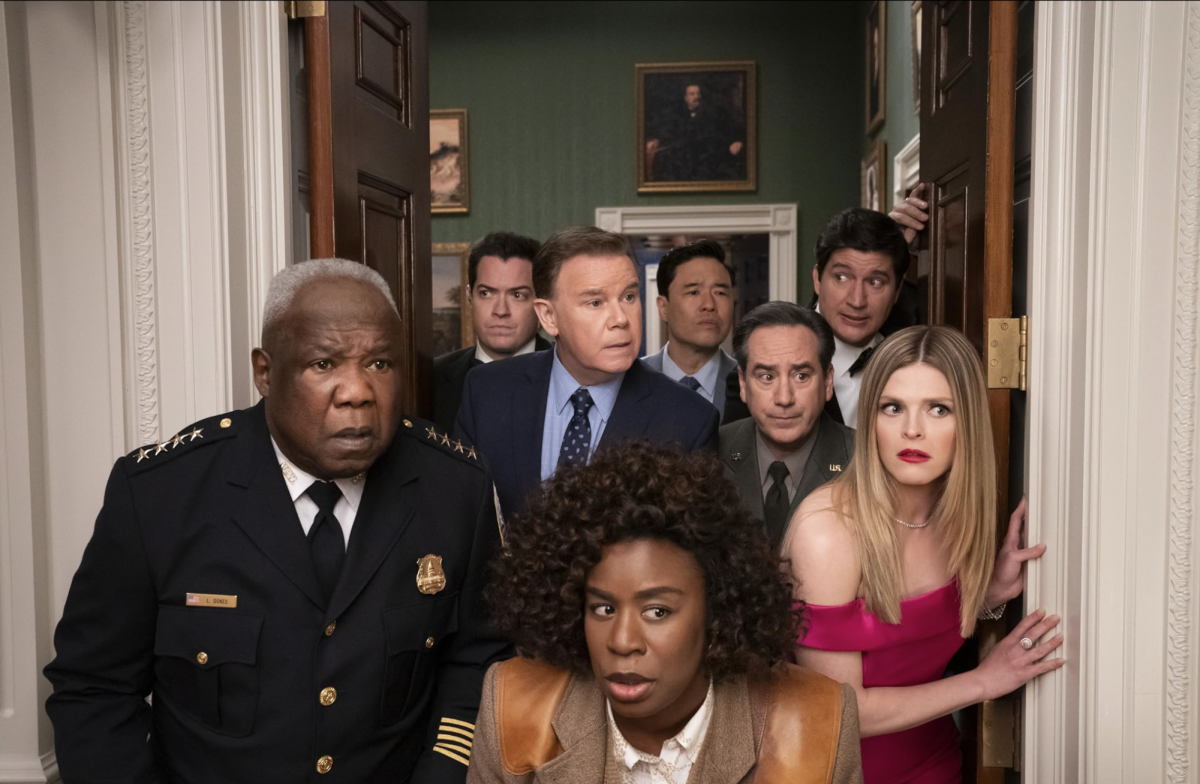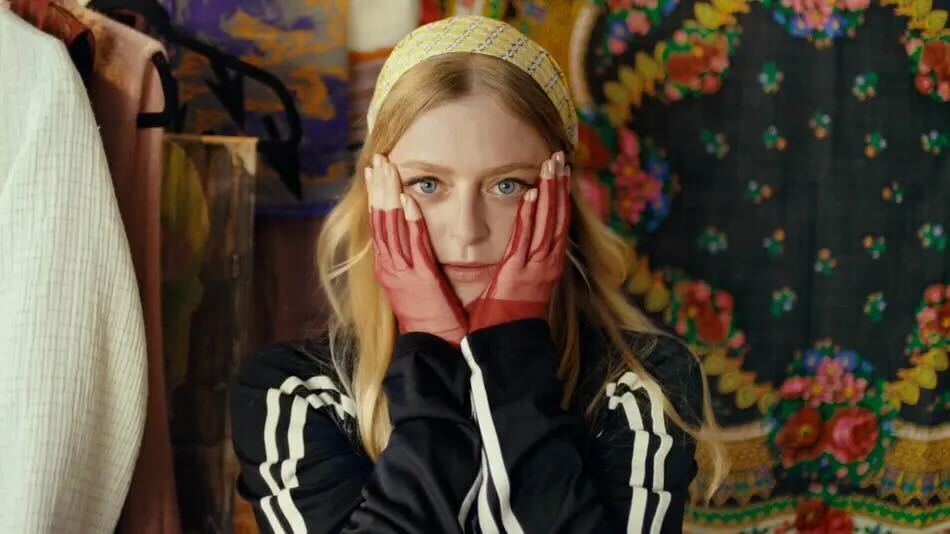For the last decade or so, superhero films have become a staple of the yearly flock of summer blockbusters, and summer 2011 is perhaps the biggest year yet. Between the twin “Avengers” set-up films (“Thor” and “Captain America”) and a superb “X-Men” prequel, “Green Lantern” struggles not only to stand out, but to even stand on its own two feet. It’s as if the movie was aware that it’s little more than a distraction between much bigger event films.
Ryan Reynolds stars as Hal Jordan, a cocksure pilot who finds himself the owner of great power and responsibility when Abin Sur (Temuera Morrison) crashes to Earth and gives him a little green ring. Jordan is quickly whisked away to Oa, an alien planet that serves as headquarters to an intergalactic group of superheroes named the Green Lantern Corps.
Much of the film’s relevant information, including the introduction of its odd villain — a cloud of perpetually swirling smoke called Parallax, is given to the audience via a dense exposition dump in its opening moments. Everything else is parceled out in the entirely too brief moments Hal spends on Oa. These are the scenes when the film briefly comes alive, as Hal learns what his new ring can do and we get to spend time with Mark Strong as Sinestro, one of the film’s strongest characters. (That is, until a blatantly sequel-baiting post credits tag that bastardizes everything we know about the character.)
Unfortunately, the film’s scenes on Earth not only take up most of its runtime, but also vary wildly in terms of tone, quality and entertainment. Peter Sarsgaard shines as Hector Hammond, an embittered scientist who suffers some unexpected consequences after examining Abin Sur’s body. Sarsgaard relishes in making Hector as repulsive as possible from his very first scene, and as the film progresses and Hector becomes more and more deformed, Sarsgaard’s performance only grows stronger. Regrettably, Sarsgaard seems to be existing in an entirely different movie, one that’s much darker and less entertaining, which causes the film’s tone to shift erratically depending on the story’s demands.
As for the rest of the cast, Ryan Reynolds is predictably heroic, but his arc is pretty standard fare for superhero films, ripped almost wholesale from “Spider-Man 2” and any other film that has its hero wracked with self-doubt. Taika Waititi plays Hal’s friend Thomas and seems to only be in the film so Blake Lively doesn’t hurt herself trying to be funny. In fact, Lively doesn’t seem to be capable of much of anything, and it’s telling that her best scene in the film is one where she’s unconsciously suspended in mid-air.
Director Martin Campbell, who helmed one of the best Bond films in history with 2006’s “Casino Royale,” does entirely serviceable work here, bringing a mischievous sense of fun to the film’s Oa scenes but fails at any sort of tonal consistency when juggling Hal’s origin story and the looming threat of Parallax. However, Campbell’s use of 3-D, while occasionally enhancing the film’s green-heavy color scheme, is absolutely abominable. Some 3-D effects look clearly unfinished.
All in all, “Green Lantern” isn’t a terrible film. While many of its ingredients leave plenty to be desired and the narrative glosses over the entertaining parts of the film in favor of an uninteresting, done-before origin tale, it all comes together to make a mediocre but watchable final product. While audiences surely won’t be clamoring for any sequels to “The Green Lantern,” and it’s surely not the star vehicle Ryan Reynolds sorely deserves, it serves its function as something to distract audiences until “Captain America” fills the superhero void in multiplexes late next month.



